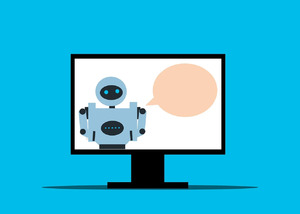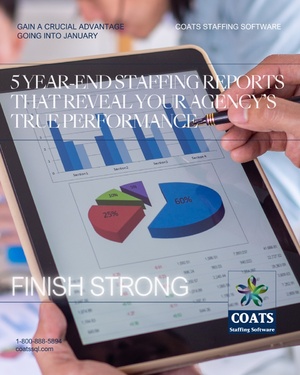I’m fed up.
Fed up with the economy.
Fed up with political nastiness.
Fed up with HR issues.
Fed up with self-centered people.
Fed up with stories about AI taking my job.
Fed up with constant negativity.
How about you?
As I contemplated this week’s SMART IDEA, I really doubted the wisdom of publicly complaining.
No one likes a whiner!
But that’s not the intent of today’s SMART IDEA.
I’m not here to tell you my woes. (Although I am happy to empathize if you want to share whatever is bugging you!).
Today’s SMART IDEA is simply designed to give you ONE way to deal with the feeling of being fed up whenever it strikes.
From FED UP to INSPIRED.
When something bugs us, our natural inclination is to complain. After all, misery loves company.
And I am guilty of this FAR too often.
But that strategy never works. In fact, it just makes things worse.
Now, I’ve heard (and read) many self-help professionals recommend practices like gratitude, breathing, visualization, and reframing to deal with negative emotions.
These are all great. But for me, they don’t have enough lasting impact.
When I’m feeling fed up, beaten up, or just in a negative place, the best thing I can do is plan.
Planning to beat stress
So, what do I mean by planning? For me, this is strategic thinking. I personally love “thought exercises” where you take a problem and contemplate questions like:
“What if…”
“How could we…”
“If this happens, then what do we do…”
Once upon a time (AKA pre-ChatGPT), these kind of thought exercises involved a blank page in a journal and a quiet place to think.
No laptop. No cell phone. Not even my Apple Watch. Background music is fine, if that helps you concentrate (Cirque Du Soliel albums are my go-to “focus” music).
I’ll find a blank page in my journal and write a heading based on the problem I am trying to solve, the frustration I am facing, or the opportunity I want to focus on (it’s not all negative stuff!).
Then I just let my mind wander.
I ask myself questions about the problem. How does it impact our clients? Our team members. How are others dealing with this problem?
I think about possible ways to solve the problem: Technology changes. Processes change. People change. Situations change.
And then I start to brainstorm ideas. Whatever comes to mind…and as many ideas as I can create. The crazier the better!
Ninety percent of those ideas are crap. Pure garbage.
But, usually, there are a few good ideas. Or maybe a bad idea that will inspire a good one. And occasionally, a truly great idea pops up on the list.
And that great idea inspires a plan.
Defining everything we need to do to bring the idea to life. The steps we need to take. The resources we need. Determining who can own those steps. And figuring out when we can get it all done.
What happened to feeling fed up?
For me, that’s the great thing about this process.
The moment I start to brainstorm solutions to the problem, my mind switches into “problem-solver” mode. And my negativity turns to energy.
As I work on the planning process, I begin to visualize the implementation. I see the work to be done. I see the team collaborating on the results. I see the outcome…the future we are going to create.
The more vividly I can paint that picture of the future, the more positive my outlook becomes.
The more excited I become about taking action.
And that action will then drive even more positive emotion.
BONUS IDEA: Use AI to accelerate thought exercises
While paper and pen remain my preferred way to think, I’ve been doing more “thinking” with the assistance of ChatGPT.
Sometimes, I start by asking ChatGPT to do deep research on a specific topic. For example, I was recently looking to help a client rewrite the copy for a few CTAs (calls to action) on their website.
Rather than just brainstorming copy ideas, I asked ChatGPT to complete deep research on the client’s industry and the most common pain points of their buyers.
I then used the deep research as a knowledge block (AI training) for a discussion I had with ChatGPT about how to write website CTAs, and ultimately to write specific CTAs for this client.
While my pen and paper brainstorming would have generated some decent copy ideas (writing is a personal strength), having the industry-specific deep research and then collaboratively brainstorming with ChatGPT resulted in a far more diverse set of options.
More recently, I used ChatGPT to contemplate the impact of agentic AI on marketing in the staffing industry and then brainstorm what the future of marketing might look like.
Despite the panic-inducing threat of AI killing marketing as we know it (and putting our company out of business), this brainstorming session led to some incredible (and potentially game-changing) strategies for how marketing (and our services) could evolve over the next 12 to 24 months.
Was this helpful to you?
I realize that my approach to problem solving might not be for everyone.
But hopefully, I’ve helped one reader to consider a new way to deal with the frustrations in their life. And if just one person can turn around a bad day with this process, then it was worth the risk of writing this about being fed up!
Had to share this Haley Smart idea from David's post as it so totally expresses how to find positivity in today's kaos.





